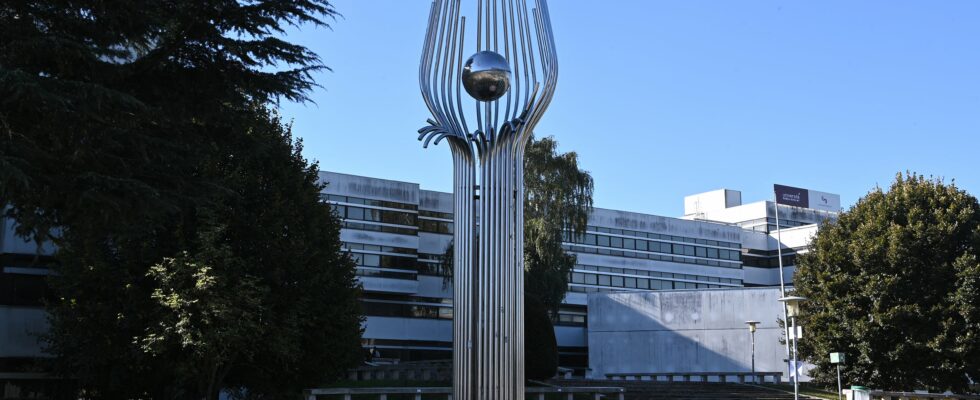The leading pack does not change. As every year, Anglo-Saxon universities dominate the highly anticipated Shanghai ranking, published this Thursday, August 15. This ranking is based on the scientific research work of more than 2,500 institutions worldwide to rank the 1,000 best performing. At the top of the podium since the ranking was created in 2003 is the unbeatable Harvard University, followed by Stanford and the Massachusetts Institute of Technology (MIT). The British universities Cambridge and Oxford are in 4th and 6th position.
But France is not left behind. In total, 25 French universities are present in the ranking. Two fewer than in 2023, certainly, but the four institutions already ranked in the top 100 have gained places. Paris-Cité University has gained nine places to reach 60th place, Sorbonne-Université is 41st, Paris Sciences et Lettres is 33rd, and Paris-Saclay is ranked 12th, the best in the European Union. A record for this university which has nevertheless experienced a very eventful year, against a backdrop of internal wars over its presidency.
Camille Galap, recently elected president of the establishment, “can only be delighted”. “This ranking is that of all the teams of the 220 laboratories who give the best in their respective fields and show that they know how to move towards the scientific breakthroughs of tomorrow”, he explained to the Figaro. A pride shared by Emmanuel Macron. “Never has a French university been so well ranked in the prestigious Shanghai ranking”, he posted on X, accompanied by a very Olympian “Paris-Saclay is magical”.
Grouping policy
The good French performances in this ranking are the result of a major policy of grouping together universities and research organizations carried out since 2018. To produce the ranking, the Shanghai Ranking Consultancy firm uses several criteria: the number of Nobel Prize winners and Fields Medalists among alumni and researchers, the number of articles published in journals Nature and Science or the number of most cited researchers in their discipline.
To weigh more heavily in these assessments and maximize the chances of appearing in the Shanghai ranking, large clusters have therefore been formed in France in recent years. Paris-Saclay, created in 2020, for example, brings together several schools such as CentraleSupélec, AgroParisTech, and the university institutes of technology (IUT) of Cachan, Orsay and Sceaux. Similarly, Paris Sciences et Lettres (PSL) is the merger of 11 establishments including the Université Dauphine, Mines Paris and the École normale supérieure (ENS).
This new conception of universities is ardently defended by the government. “By ranking twelve of the sixteen establishments resulting from the grouping policy, the Shanghai ranking thus confirms the success of the new models of French universities by giving them international visibility”, Sylvie Retailleau welcomes in a press releasethe resigning Minister of Higher Education and Research, who hopes to attract foreign students.
A controversial ranking
In addition to these four Parisian institutions, 18 French universities are in the top 500, including the University of Aix-Marseille, the University of Strasbourg and the University of Grenoble-Alpes, all located between 101st and 150th place. Germany, for its part, sees three of its universities enter the top 50. But Europe remains far behind China and the United States, still largely over-represented with 183 and 225 universities respectively in the ranking.
As prestigious as it is, the latter also attracts much criticism. By only taking into account the performance of universities in research, the ranking leaves aside the quality of the training provided, the success rate of students and the professional integration of graduates. The initiatives of institutions in terms of ecology are also not taken into account, and the ranking focuses on the hard sciences, to the detriment of the human and social sciences, such as history, philosophy or sociology.
